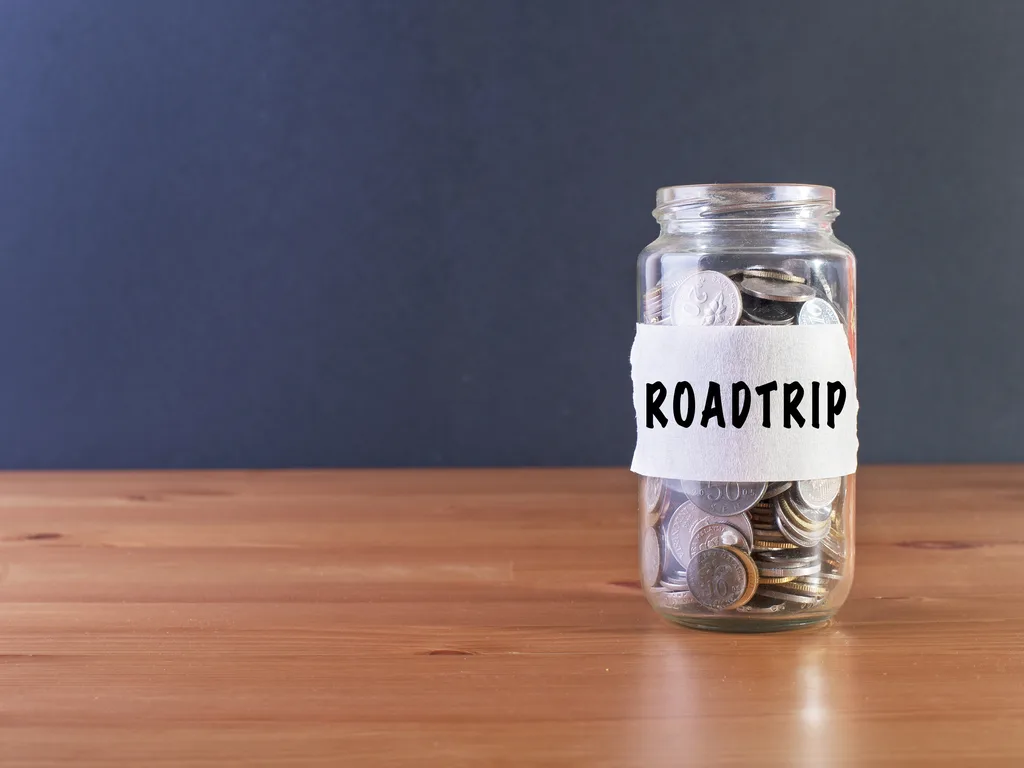
There are numerous ways to get access to additional funding that is separate from your paycheck. Many situations call for money on-demand that you may not currently possess.
You might need money fast when you have a medical emergency, car troubles or your roof caves in. It is during these circumstances that a line of credit can be useful.
It would allow you make your purchase and repay the borrowed funds at a later time.
There are three main types of credit that you could obtain. They include personal, business and home equity.
A personal line of credit is unsecured, meaning that there is no collateral as there is with home equity loans.
This strategy of borrowing money allows you to spend funds when needed to as long as you pay them back on time. To learn more about lines of credit and how to obtain one, read the sections below.
Basics About a Line of Credit
When residents think of a line of credit, they often think of credit cards. While credit cards do come with a line of credit and allow you to access funds as needed, they have different terms and are often used for different purposes.
Thus, obtaining a credit card and a line of credit is not the same thing.
Lines of credit are primarily used for large consumer expenses such as a home project, rent payment or car emergency.
Banks are the primary source of lines of credit and often check your credit score whenever you apply for funding. A good or excellent credit score will likely qualify you for a lower annual percentage rate.
After obtaining a line of credit, you will have a certain amount of time to use the funds. This is called the draw period and can be years long.
Your bank might provide you with a card or special checks so that you can access your money.
What is a Home Equity Line of Credit?
A home equity line of credit, also known as HELOC, is a form of a secured credit line. This means that you can borrow against your home equity but your home will be used as collateral if you cannot pay back the funds.
In addition, the interest rate on a HELOC is usually variable. Thus, you will likely have higher payments over time.
If you are a renter and thus, do not own a home, you can still apply for a home equity loan. However, you will be required to borrow against a savings account or certificate of deposit rather than a home.
Obtaining a home equity line of credit may not be a good idea if you earn a low income. These loans often require a minimum line of credit that could be several thousand dollars.
Additionally, you may not qualify for a HELOC if you already have a high debt-to-income ratio or your score is low.
What is a Business Line of Credit?
A business line of credit allows you to borrow a certain amount of money for your business without the limitations of a loan.
It enables you to borrow as much money as needed. You can also pay back what you owe and continue borrowing for the remainder of your draw period.
Compared to term loans, which are common business loans, a business line of credit has lower borrowing limits. You can usually borrow between $1,000 and $250,000.
A benefit of business lines of credit is that they are unsecured. This means that the properties or inventory you own will not be used as collateral.
In order to obtain a business line of credit, you must already own a business. You must have a strong revenue history.
A minimum credit score is usually not required to apply for a business credit line but your creditor will ask for various other business documents.
Personal Line of Credit Versus a Loan
Loans and lines of credit are easily confused. They both give you access to a certain amount of funds that you have to repay including interest.
While they sound similar, each has a different set of terms, conditions, rates and are given out to applicants differently.
Both loans and lines of credit can be secured and unsecured depending on the type that you apply for. In addition, both require you to go through a bank or creditor to obtain it.
In most cases, you must be approved to borrow funding. Usually, financial institutions analyze your credit report to ensure that you are a reliable borrower.
With a line of credit, you will only be required to pay interest on the amount you use. On the other hand, you will owe interest on your entire loan amount.
Moreover, a loan is usually given as a lump sum whereas a line of credit allows you to utilize the amount that you need up to a certain amount.
How to Have Bad Credit with a Line of Credit
Obtaining a line of credit, especially if it is for several thousand dollars, can be difficult when you have poor credit.
You are not likely to be approved by most creditors if your credit score is lower than 650. However, there are ways to attain a line of credit even if with a poor financial history.
Unfortunately, earning a low income does make you immune to emergencies or disasters. In fact, times of financial hardship are when you might need a line of credit the most.
As a result, many lenders allow low-income applicants to obtain a line of credit without completing a credit check.
Other options for acquiring funding are installment loans and payday loans. However, these are not ideal for many residents with low incomes because you may be charged high interest rates and be required to make you loan payment in full.
Although you may need money on-demand the most when you are experiencing financial hardships, it might be more beneficial to increase your credit score before applying for credit.
Doing so will result in better rates and a higher chance of being accepted for the line of credit that you are seeking.
What is a Revolving Line of Credit?
Many residents are confused about the difference between a revolving line of credit and a regular line of credit. In fact, a revolving line of credit is a type of line of credit.
Revolving credit functions like a credit card. After credit approval, you receive a line of credit with a maximum amount and borrow those funds as needed.
Once you repay the funds you borrowed, your available credit is replenished. Payments can be made at any time and you are only required to pay interest on the funds that you used rather than the full line of credit.
With non-revolving credit, your funds are not replenished. After you have utilized all the funds within the credit line, the account will close.
Additionally, you will be required to pay interest on the money that was borrowed.







